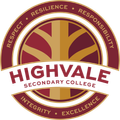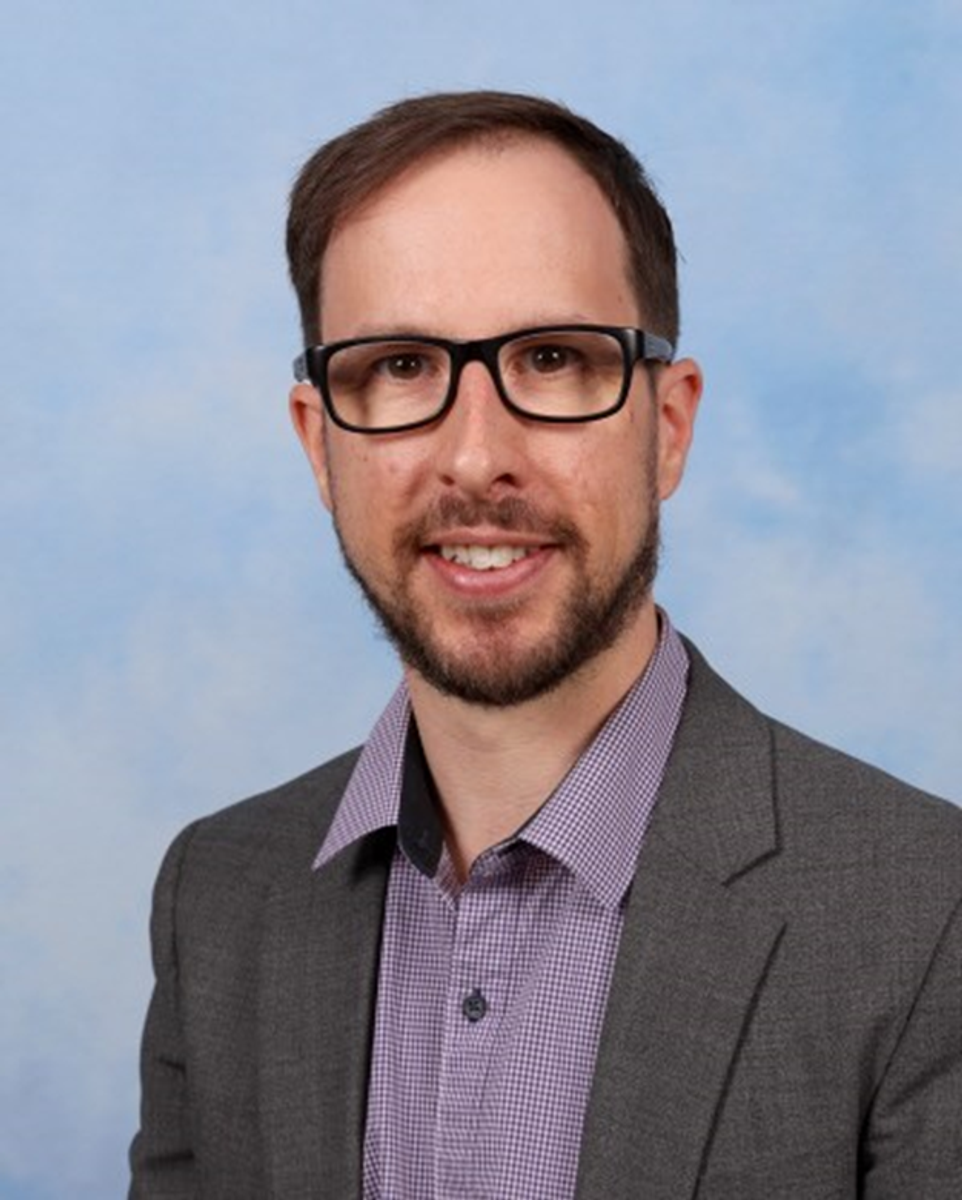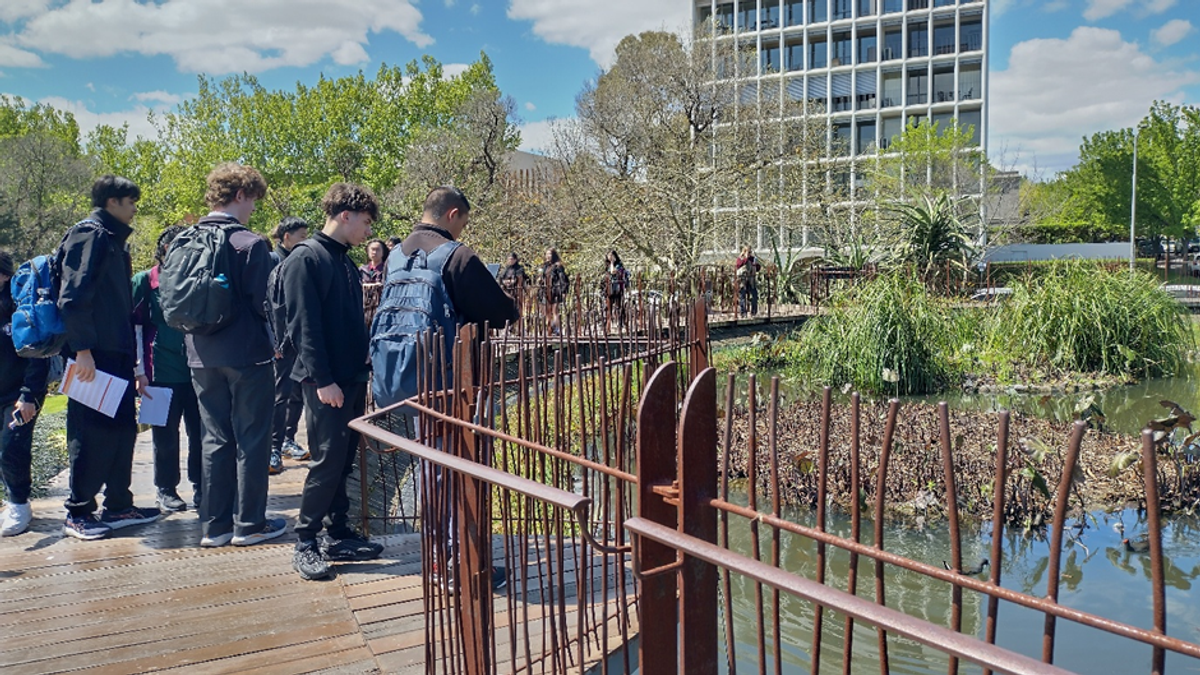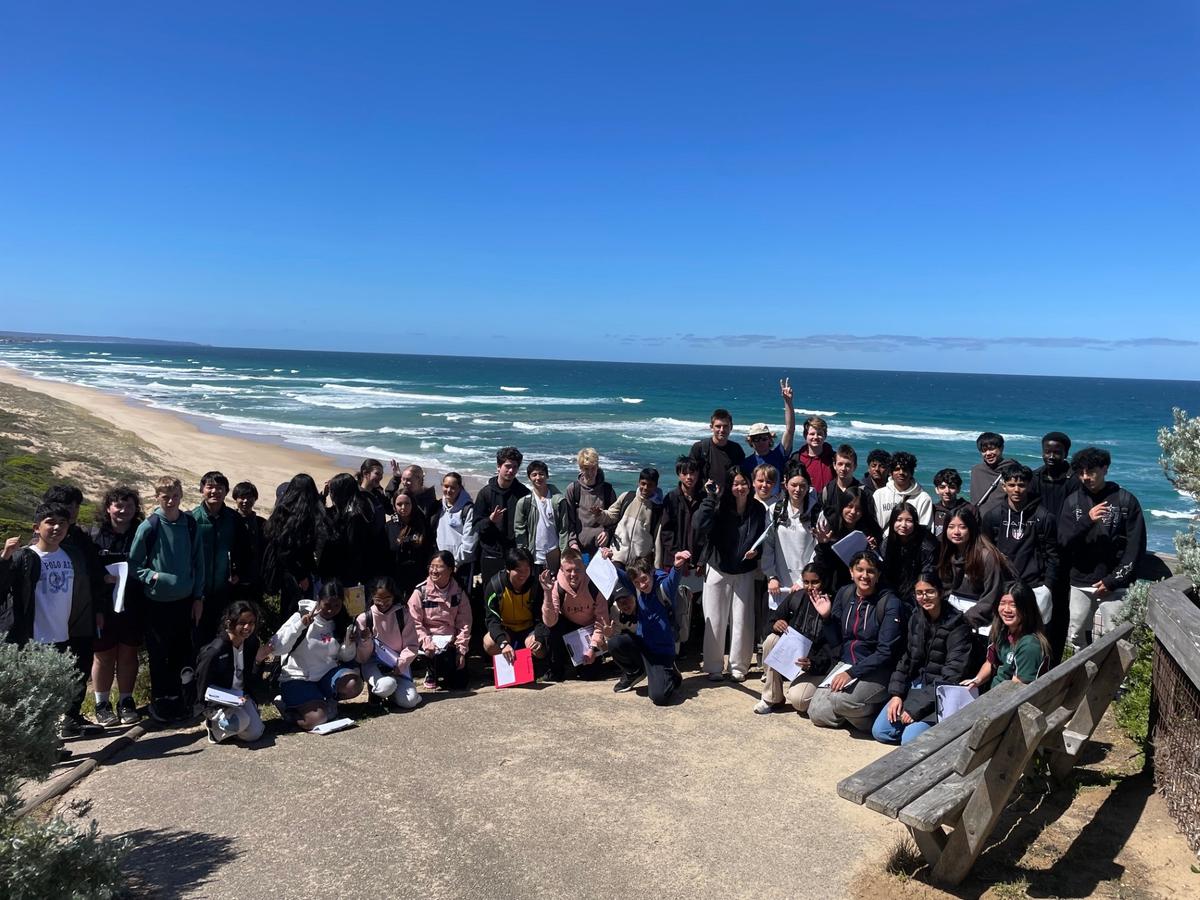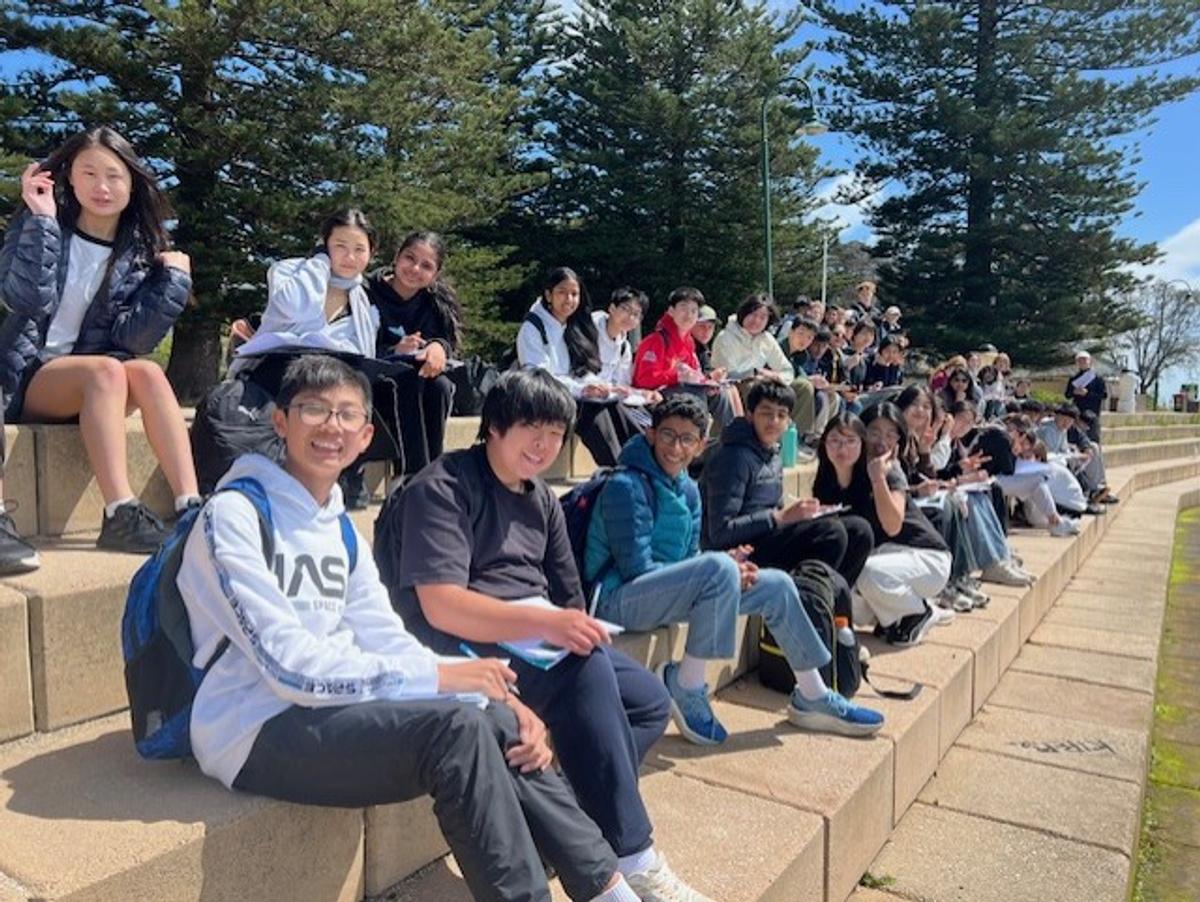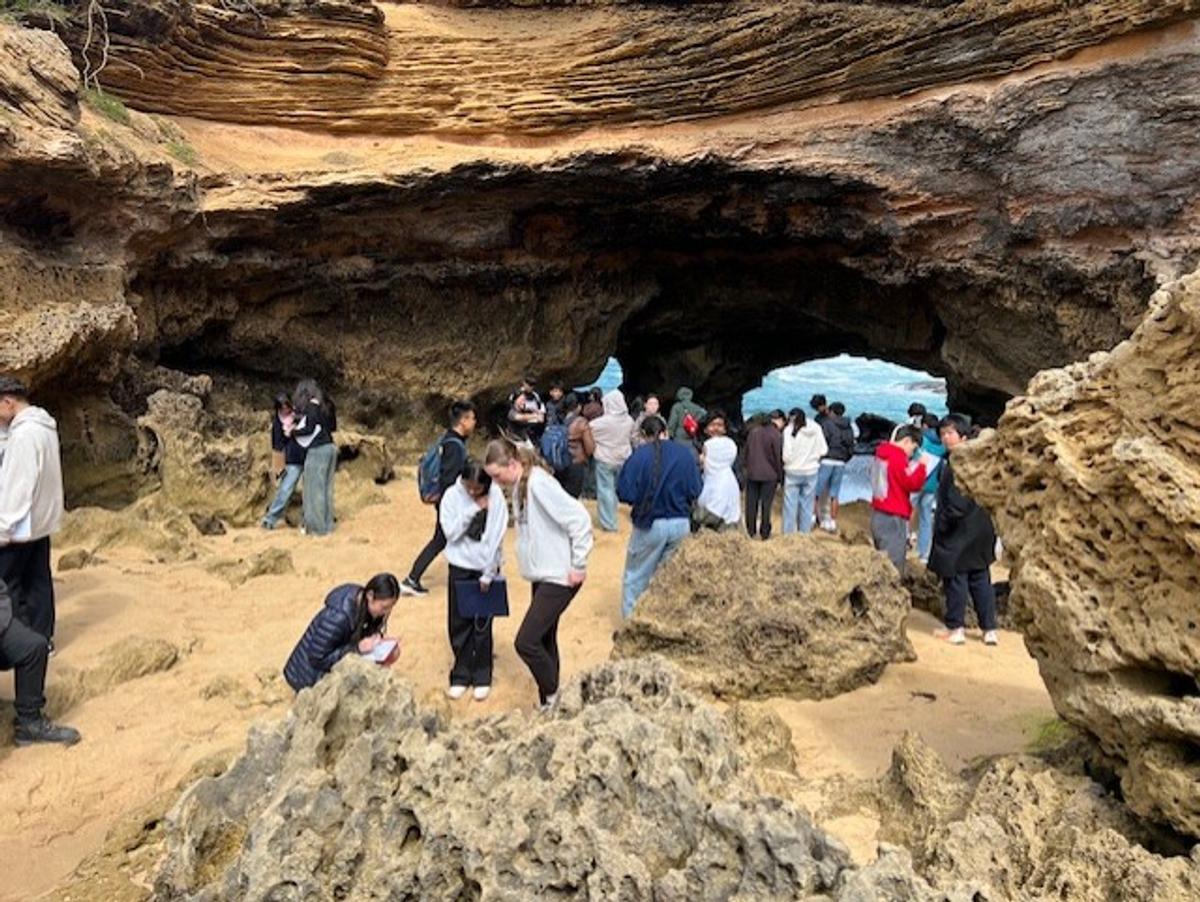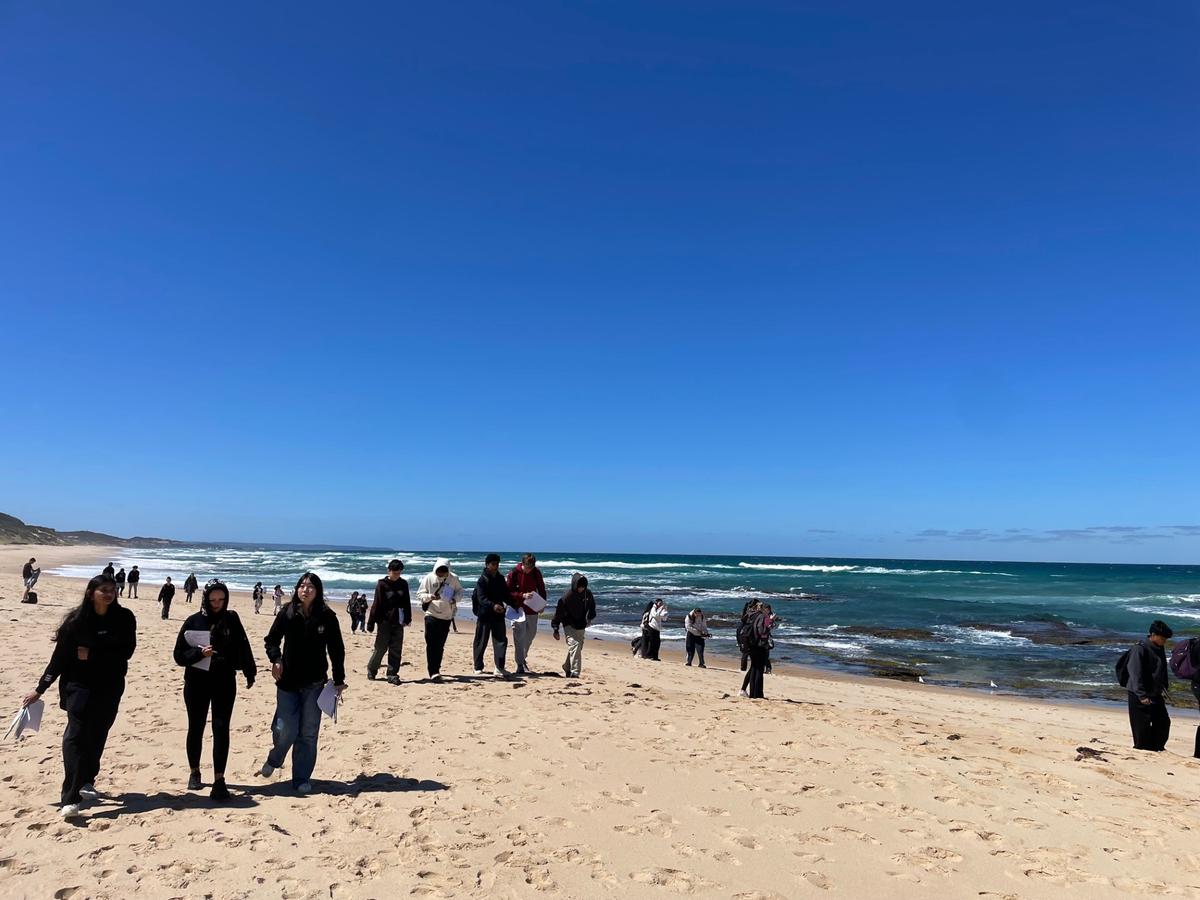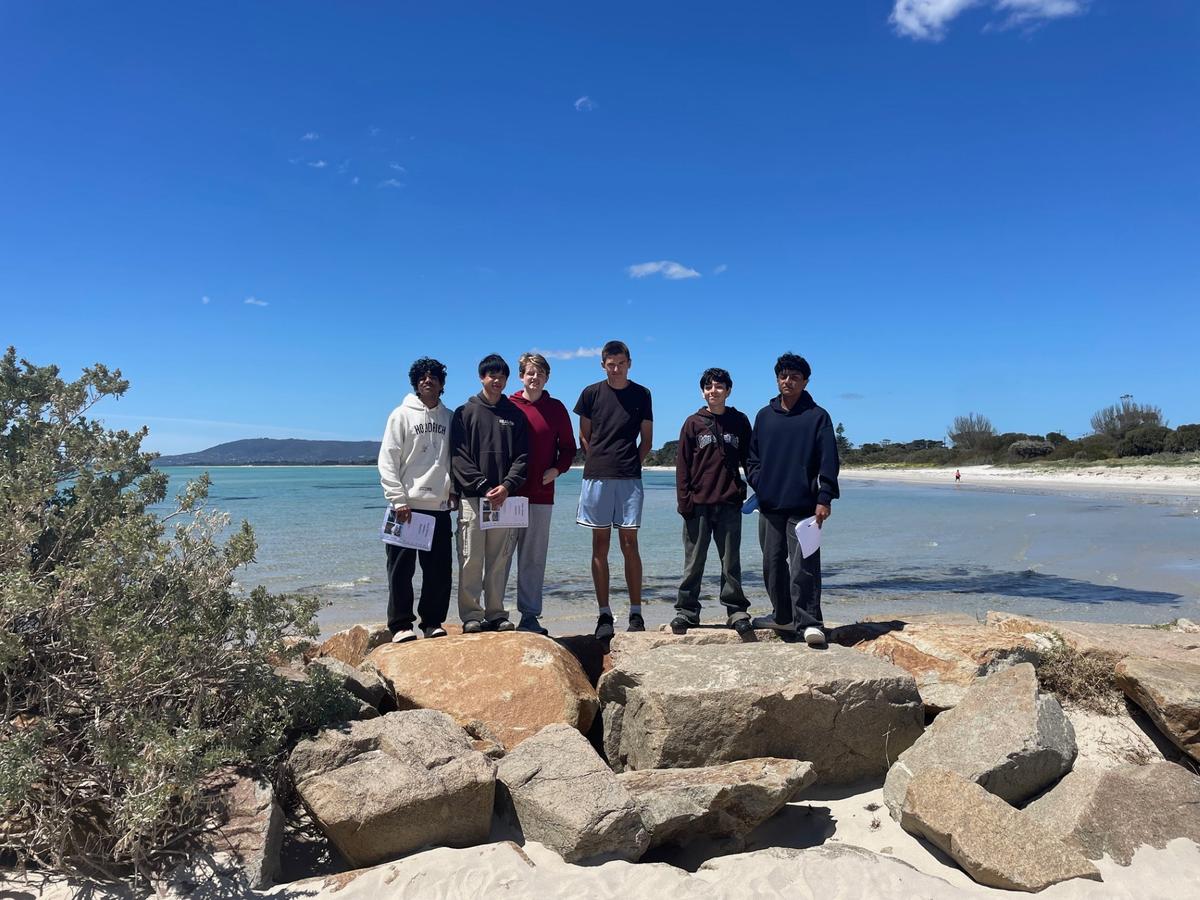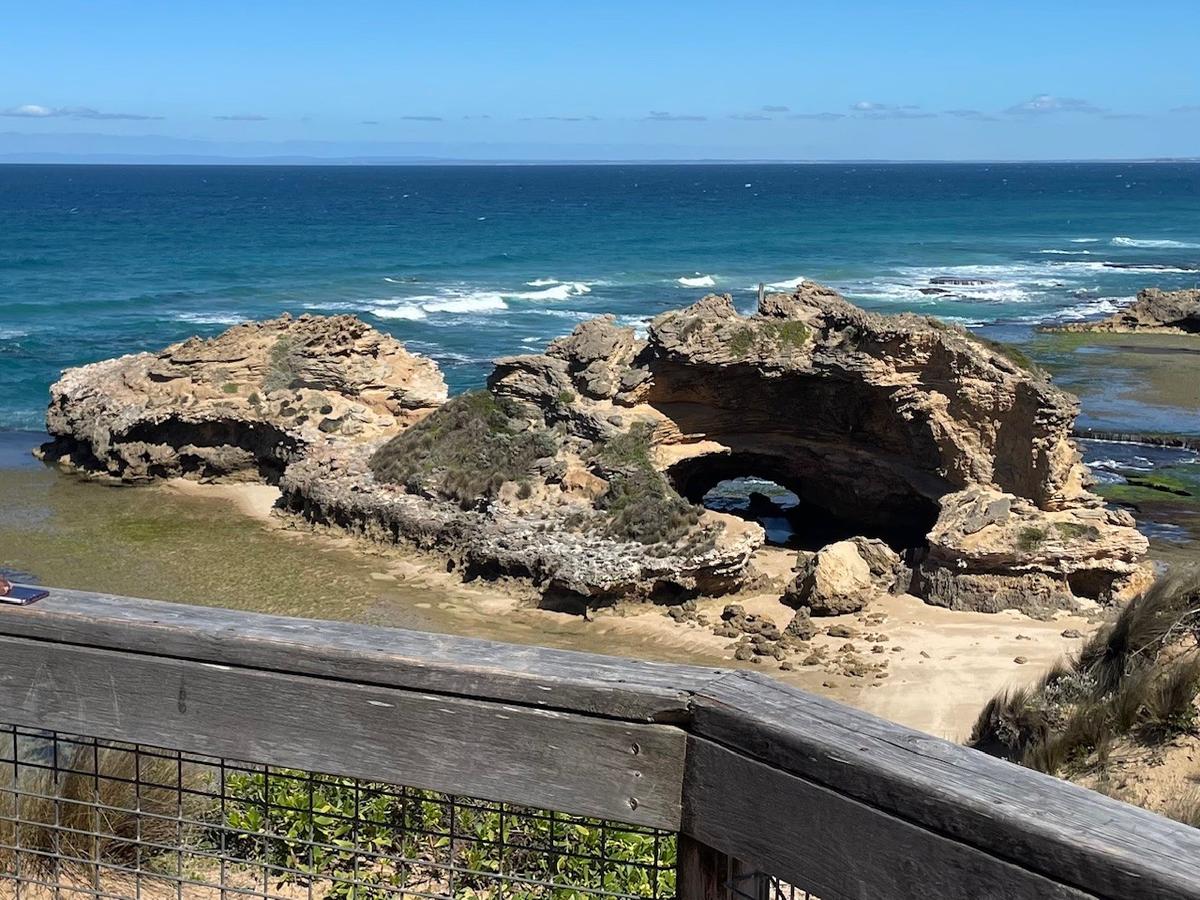Humanities News

Chris MITCHELL
Learning Area Leader - Curriculum & Pedagogy
Classroom Teacher
Unit 2 Geography: Royal Botanic Gardens Excursion
In Unit 2 Geography this semester, students, have been exploring the topic of tourism, with a particular focus on the impacts it has on people and places. Having studied many international examples, this term we turned our focus more locally, with an investigation of the environmental impacts of tourism in Melbourne’s Royal Botanic Gardens.
Students used a range of data collection methods including questionnaires, interviews, annotation of maps and tally tables. Some more high-tech methods were also used, including the Survey123 app which uses the GPS in mobile devices to record the exact latitude and longitude of points of interest, such as litter and trampled plants.
Students demonstrated our school values to a high degree on this excursion, and I was particularly impressed with how well they interacted with members of the public to complete their questionnaires. Thanks also to Ms McQueen for helping out on the day.
HU896 Beaches & Biomes - Geography Fieldtrip
On Monday 27th and Tuesday 28th of October, the Year 8/9 Geography Beaches & Biomes classes went on a fieldwork excursion to study three different coastal environments along the Mornington Peninsula.
At our first stop, London Bridge, we were able to get right up close to a natural rock arch and observe the amazing patterns created by wind and water erosion.
Then it was on to Sorrento Bay Beach. This time, we focused on the human features and activity that occur along the coast. Students took lots of photos of these, plus the management features implemented by Council to reduce impacts on the environment. We then got to stop for lunch, eating at picnic tables next to the water.
At our final stop in Rye, we were able to see an example of a beach created by a rock groyne and observe the natural process of longshore drift.
Overall, it was a great couple of days, and the students collected lots of useful information to put into their fieldwork reports.
Miss Taylor, Mrs Howard, Mr Almeida, Mrs Edwards and Ms Newitt
